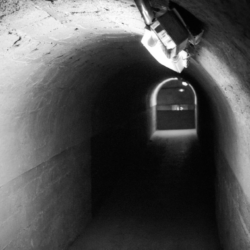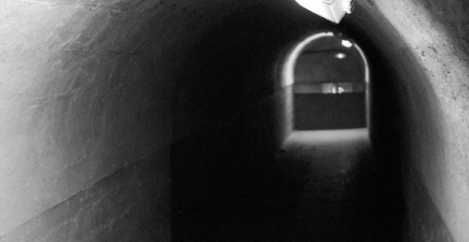December 20, 2023
Time is up for fluorescent lighting, so what happens after the tube strike?
 As we rapidly advance through the latter half of 2023, the office landscape is undergoing a significant shift, with the imminent fluorescent lamp ban. Just like the Rolodex, the fax machine and smoking in the office, fluorescent lighting is becoming a thing of the past in the workplace. Both the UK and the EU are taking bold steps by phasing out all forms of fluorescent lamps with some types, such as T5 and T8 fluorescent tubes, banned from sale as early as September 2023. If they haven’t done so already, business owners will need to explore alternative lighting solutions to stay compliant with new regulations, set to take full effect by February 2024.
As we rapidly advance through the latter half of 2023, the office landscape is undergoing a significant shift, with the imminent fluorescent lamp ban. Just like the Rolodex, the fax machine and smoking in the office, fluorescent lighting is becoming a thing of the past in the workplace. Both the UK and the EU are taking bold steps by phasing out all forms of fluorescent lamps with some types, such as T5 and T8 fluorescent tubes, banned from sale as early as September 2023. If they haven’t done so already, business owners will need to explore alternative lighting solutions to stay compliant with new regulations, set to take full effect by February 2024.
The impact of this ban reaches far beyond office buildings; all commercial premises from retail and hospitality environments to educational establishments and civic buildings like libraries and museums, will be affected. The clock is ticking for spaces large and small, leaving many organisations at risk of getting caught unprepared for what’s to come. And while there may still be some stocks of older fluorescent lamps available for a while, relying on these suppliers could mean paying a premium for outdated light sources that no longer align with the rigours of the modern office environment anyway.
The history of fluorescent lighting dates back to the turn of the twentieth century when an American inventor called Peter Cooper-Hewitt created a mercury vapour lamp that is regarded as the forerunner to fluorescent light. He harnessed mercury vapour produced by passing a current through liquid mercury with the efficiency being much higher than that of incandescent lamps. The light emitted was a blue-ish green colour however and therefore had limited practical mainstream applications.
Over the subsequent years, the key components for fluorescent lamps were established: mass manufactured glass tubing, inert gases to fill the tubes, electrical ballasts, electrodes and mercury vapour as a source of luminescence, as well as an effective means of producing an electrical discharge and fluorescent coatings that can be energised by UV light. And then in the 1930s, a group of scientists at GE moved the technology on further still by developing what we know of today as the fluorescent lamp.
The continuing presence of mercury is one of the many ways fluorescents can be harmful to people’s health, a factor which has, in part, led to the ban. Indeed, the World Health Organisation currently lists mercury as one of the top 10 chemicals that are a major public health concern. The flickering of fluorescent lamps, less of an issue with later iterations of the design, has also been known to cause problems for those with light sensitivity. Many other conditions from epilepsy to autism; chronic fatigue syndrome to vertigo have been associated with their use….
Read the rest of this feature in the new issue of IN Magazine.



















